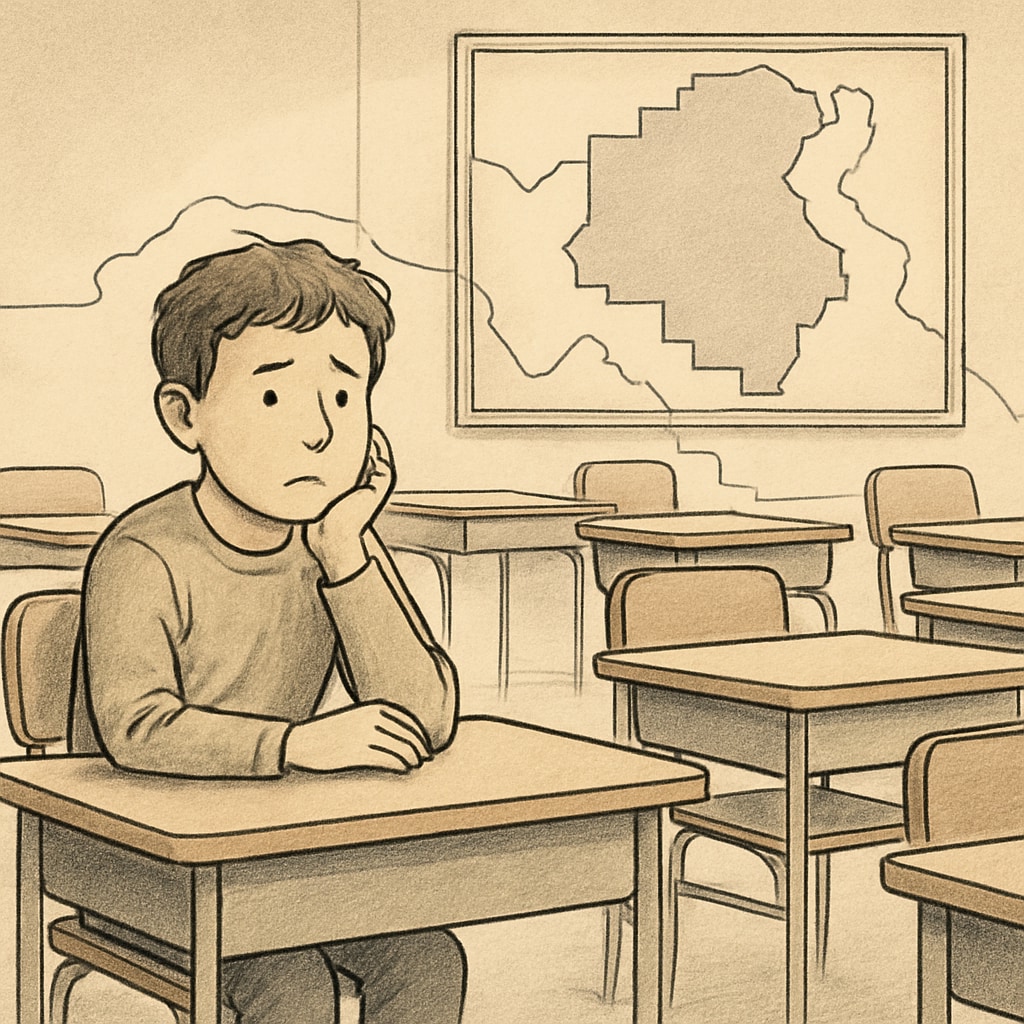For many families, the ability to transfer their child from one school to another represents an essential safeguard against academic and social challenges. However, improper communication between school districts often creates significant barriers, limiting educational choice. This issue is particularly concerning for families facing discrimination, where a transfer may be the only viable path to a safe and supportive learning environment. By examining the hidden obstacles within current systems, we can better understand the urgency of reforming school district communication to ensure fairness, transparency, and access for all students.
The Hidden Impact of School District Barriers
School districts are often viewed as the gatekeepers of educational access. While their primary role is to manage resources and maintain educational standards, these districts sometimes engage in practices that inadvertently—or intentionally—block students from transferring. This can happen through unclear policies, delayed responses, or outright refusals to cooperate with other districts. Such barriers disproportionately affect families who need alternative schooling options due to discrimination, bullying, or unmet educational needs.

For example, families experiencing racial or socio-economic discrimination may attempt to transfer their child to a school in a neighboring district that offers a more inclusive environment. However, the process can be fraught with challenges. Some districts use bureaucratic hurdles to delay or deny transfers, citing reasons such as residency requirements or capacity limits. In many cases, these justifications mask deeper systemic biases, leaving families with few alternatives.
Improper School District Communication: A Key Obstacle
One of the primary contributors to these barriers is poor communication between school districts. When districts fail to share accurate and timely information, families are left in the dark about their rights and options. Miscommunication can also lead to conflicts between districts, with each side prioritizing its own interests over the well-being of the student. This lack of cooperation undermines the very purpose of the educational system: to serve the needs of children and their families.

In addition, the absence of standardized transfer protocols exacerbates the problem. While some districts may have clear guidelines for processing transfer requests, others operate under vague or inconsistent policies. This variability not only confuses families but also creates opportunities for bias and discrimination to influence decisions. As a result, students who most need a change of environment are often the ones least able to achieve it.
Building a Fair and Transparent Transfer System
To address these issues, it is essential to establish a fair and transparent transfer system that prioritizes the needs of students. Policymakers and educators must work together to develop standardized procedures for inter-district transfers, ensuring consistency and accountability. Key elements of such a system could include:
- Clear Communication: Districts should be required to provide families with detailed information about transfer policies, timelines, and requirements.
- Neutral Mediation: An independent body should oversee disputes between districts to prevent conflicts of interest and ensure impartiality.
- Equity Audits: Regular reviews should be conducted to identify and address disparities in how districts handle transfer requests.
- Support for Families: Resources such as counseling and legal assistance should be made available to help families navigate the transfer process.
By implementing these measures, we can create a system that respects the rights of all students while fostering collaboration between districts. Such reforms would not only improve access to education but also strengthen trust in the public school system as a whole.
Conclusion: Protecting Educational Choice
The ability to choose the best educational environment for one’s child is a fundamental right that should not be hindered by school district barriers. Improper communication and systemic biases currently prevent too many families from exercising this right, particularly those facing discrimination. By addressing these challenges and advocating for transparency, we can ensure that every student has the opportunity to thrive. The time for action is now—because no child should be trapped in an environment that fails to meet their needs.
Readability guidance: This article uses concise paragraphs, clear subheadings, and lists to enhance readability. It avoids excessive passive voice and maintains a balance of transition words for smooth flow.


